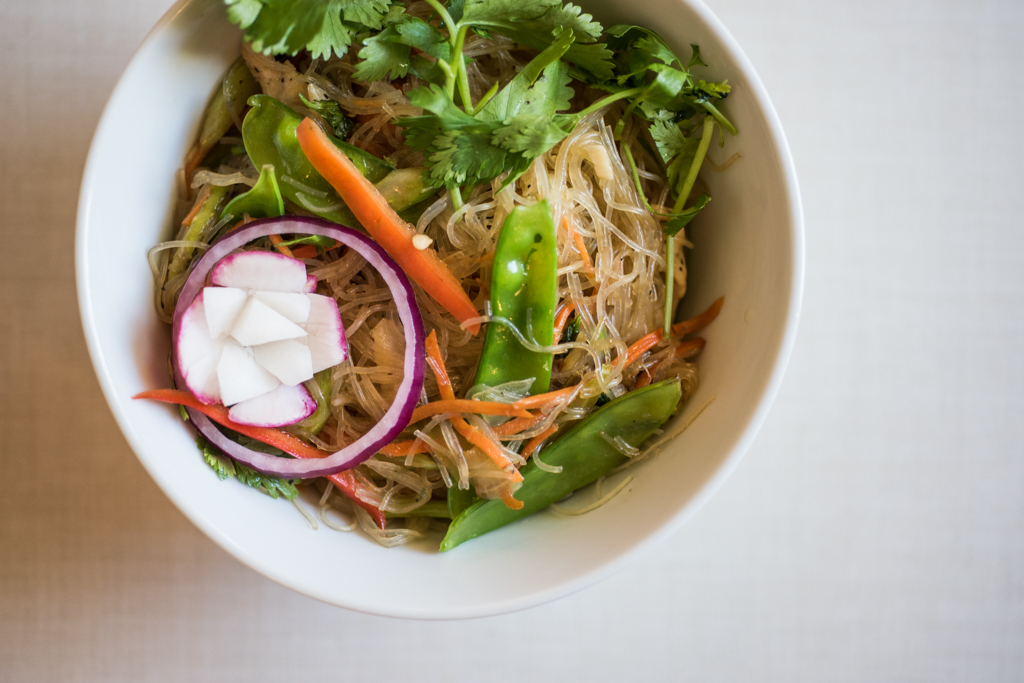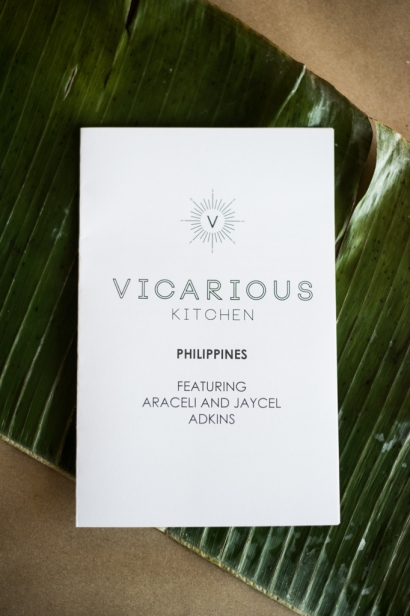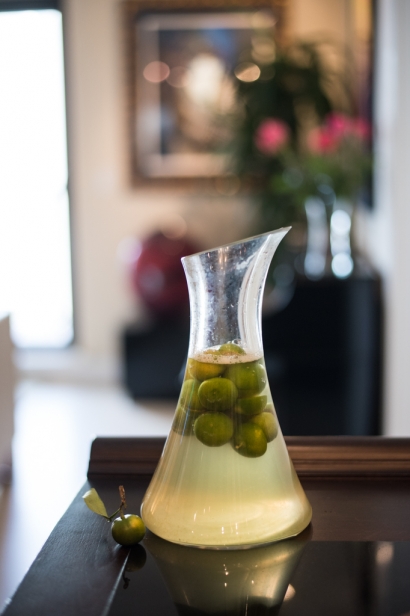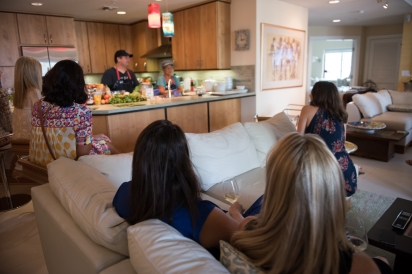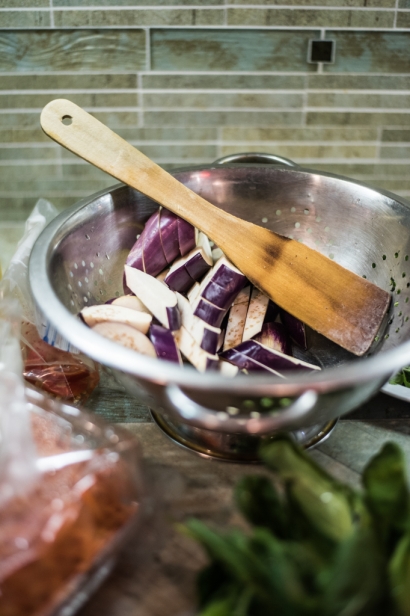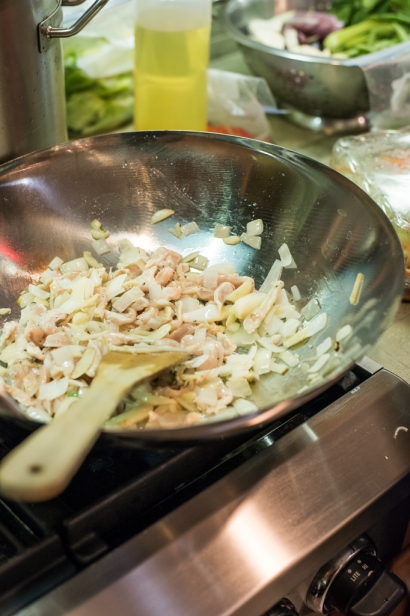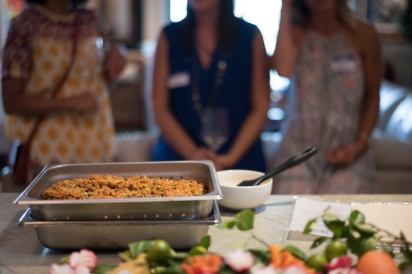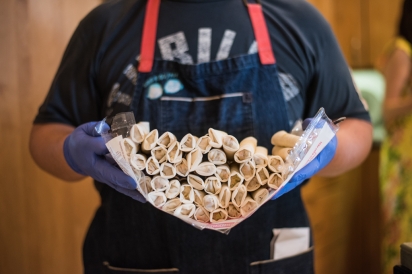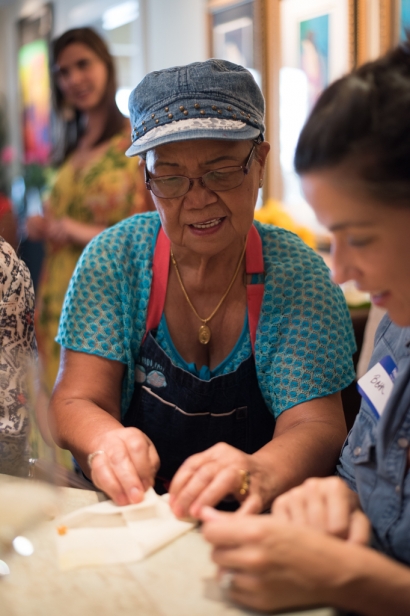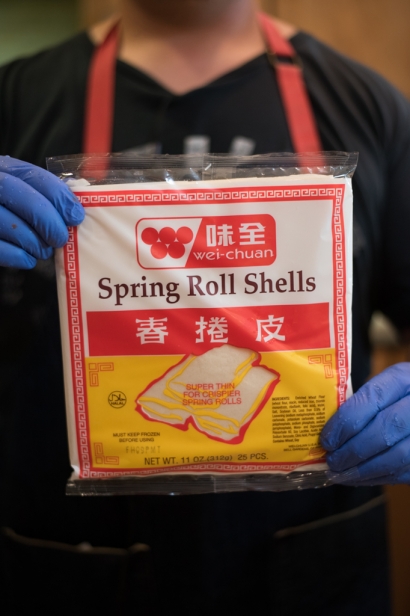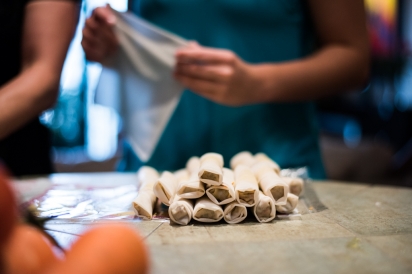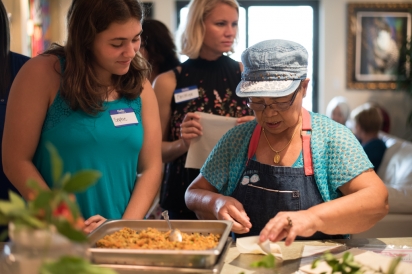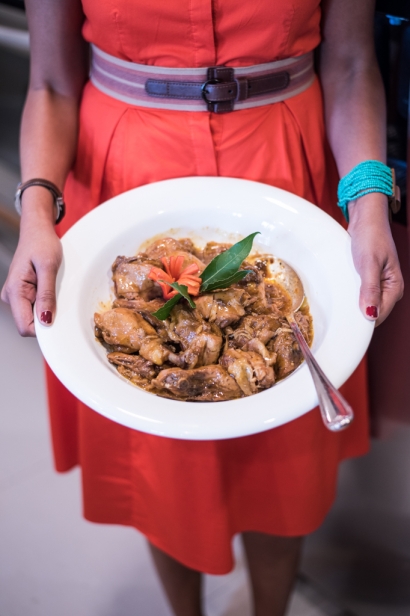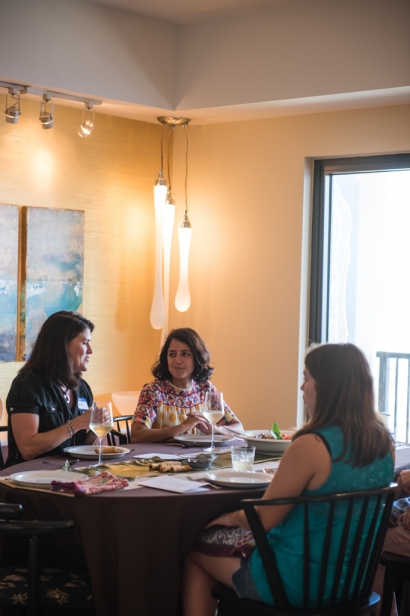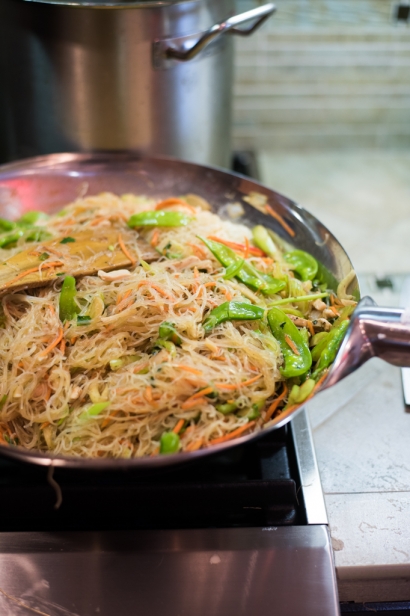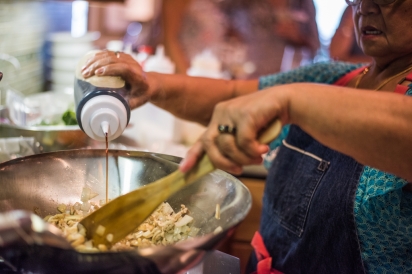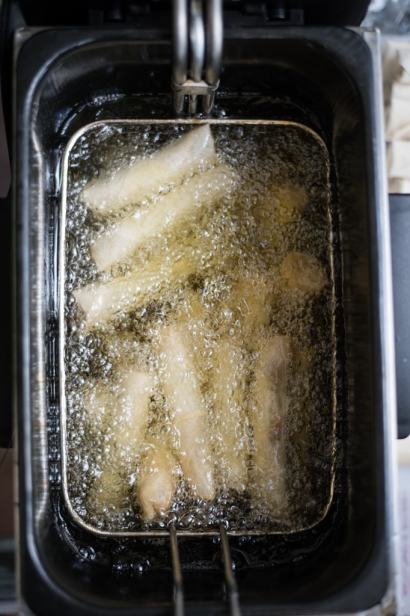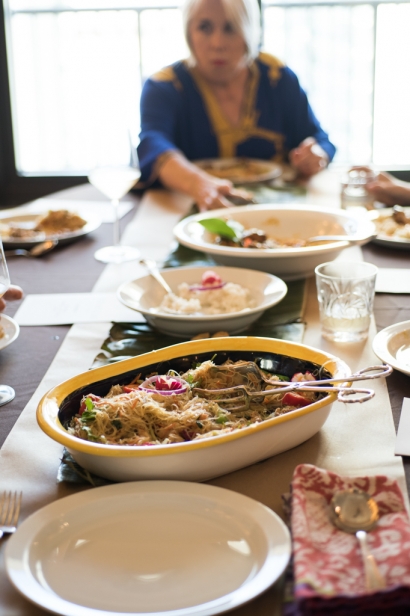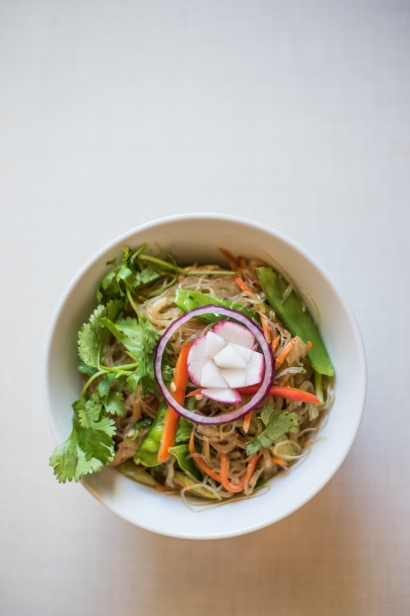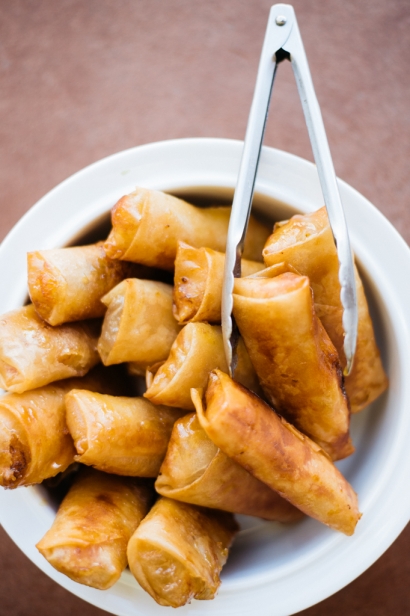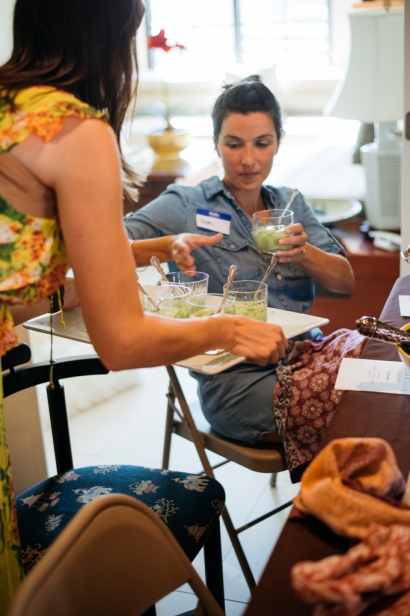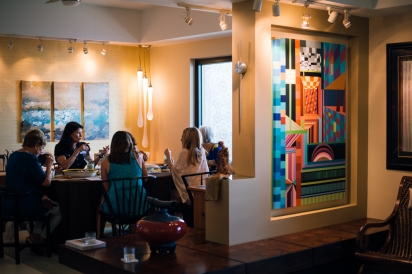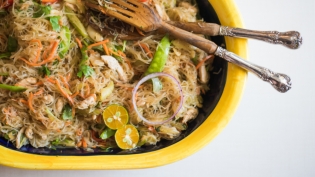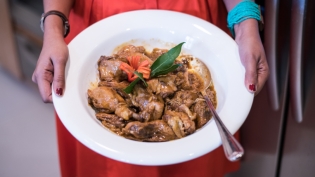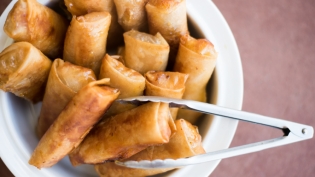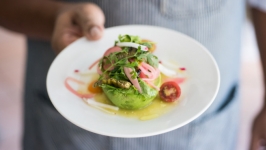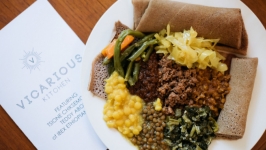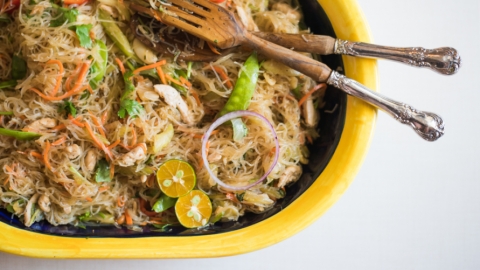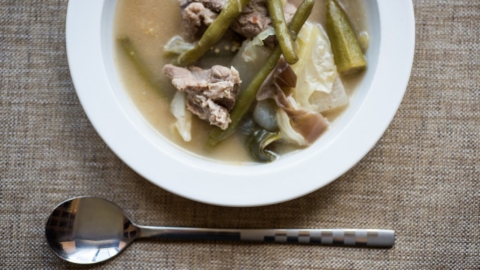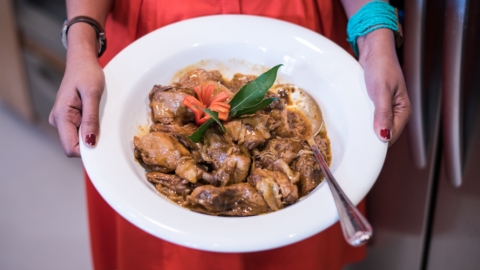Vicarious Kitchen: Philippines
Many people are surprised to learn that the largest immigrant group in Jacksonville is the Filipino community, and admittedly, we were a bit baffled to learn this fact too. Not because it doesn't seem likely given the region's navy traditions and historical ties to the Philippines – but rather because our region isn't exactly bursting at the seams with visible signs of Filipino foodways.
A foodway, by definition, refers to the way in which culture, history and tradition intersect with the food we eat and, more importantly, how we choose to eat it. Some cultural foodways are very apparent. (Our obsession with fast food and eating fast, for example, is a US American foodway that few visitors could miss). Other cultural foodways, however, are sometimes less obvious.
Such is the case with Filipino culinary traditions in Jacksonville. Filipino foodways aren't always evident unless you set forth to find them, which is exactly what Sabeen Perwaiz and Cari Sanchez-Potter did for their third Vicarious Kitchen event.
Perhaps one of the reasons we don't see more Filipino food offerings in our region is that food in the Philippines has a strong social tradition of being consumed at home. “Family and extended family is very important to Filipinos. We cook at home. That’s how we gather and celebrate our culture. We make food, together as a community,” says Jaycel Adkins, co-owner of Cely’s Filipino Food and guest chef at the most recent Vicarious Kitchen workshop.
There are more than 7,500 islands in the Philippines, and while only 2,000 or so are inhabited, geography alone lends itself to a country and culture full of subtle diversity. Spanish colonial rule in the 1500’s began centuries of Western influence over the islands; and today, you can hear hints of Spanish in the Filipino language and see its influence on regional cuisine. Traditional Filipino dishes are full of variations from island to island, family to family, and sometimes even event to event.
Araceli "Cely" Adkins is a living example of how recipes evolve in the kitchen. At the helm, she cooks with a confident command of flavors and an intuitive sense of proportion. There is no measuring. There are no mathematical calculations. (Or, if there are, they're being tallied in her head). You can tell Araceli's done this before. And, you know by watching her work, you'd be wise to stay out of her way.
You can find Cely's Filipino Food, along with Araceli and her son, Jaycel, perched below the Fuller Warren bridge each Saturday for the Riverside Arts Market. During their workshop, they offered guests an inside look at the ingredients that make their food truck offerings truly authentic. Things like annatto (a natural orange-red condiment added for color to Filipino food), adobo (a seasoned stock made with vinegar, spices, lots of garlic and salt) and calamondin (a citrus fruit grown locally and served as fresh juice), along with techniques for making the perfect pancit and rolling not-so-lumpy lumpia. (A skill Cely herself has mastered, while literally rolling thousands of lumpia by hand each week for market).
If you want traditional Filipino food in Northeast Florida, there are a handful of Filipino food trucks (Cely's, Abstrakt, Danilos) and restaurants (Mama Lu's, Fil-Am, JC Filipino Cuisine, Mama Marie's) that serve it up weekly, and we recommend that you add them to your list of places to try.
But for a truly authentic experience – one that accounts not only for an understanding of food, but also the foodways of Filipino cooking – we encourage you to read up on Filipino history. Ask your Filipino friends to tell you about their culture. Swing by the Riverside Arts Market and chat with Areceli and Jaycel while picking up a meal to go. Finally, invite some friends to dinner one week and try making a traditional Filipino meal. Cook together. Laugh together. Make a point of enjoying time together – all through the course of sharing a meal.
For more information on future culinary events from Vicarious Kitchen, visit their website at www.vicariousevents.com.


